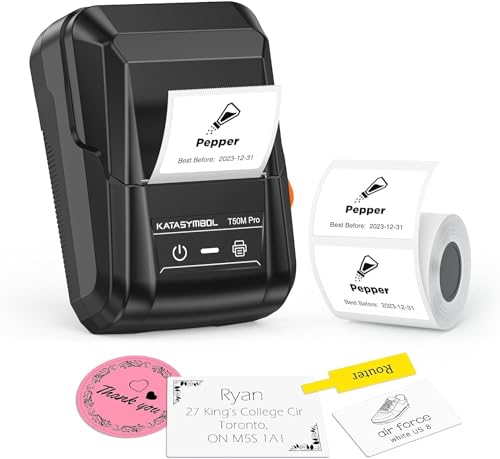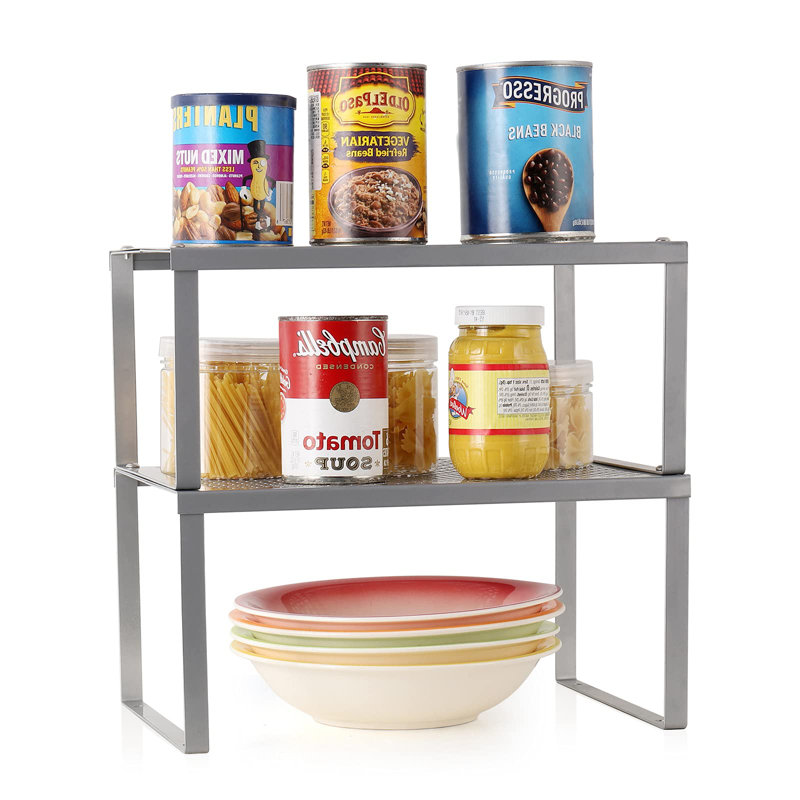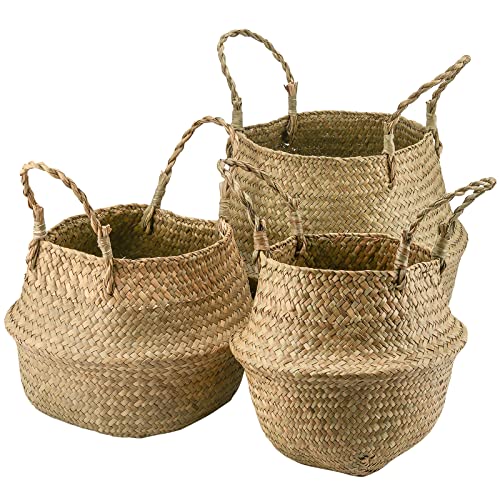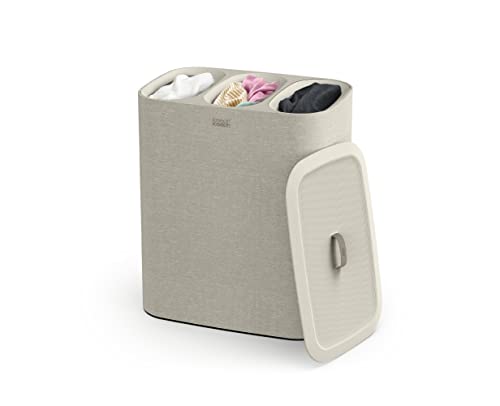8 systems to keep your home organised that always work, according to professional home organisers
Tailor them to suit your space…
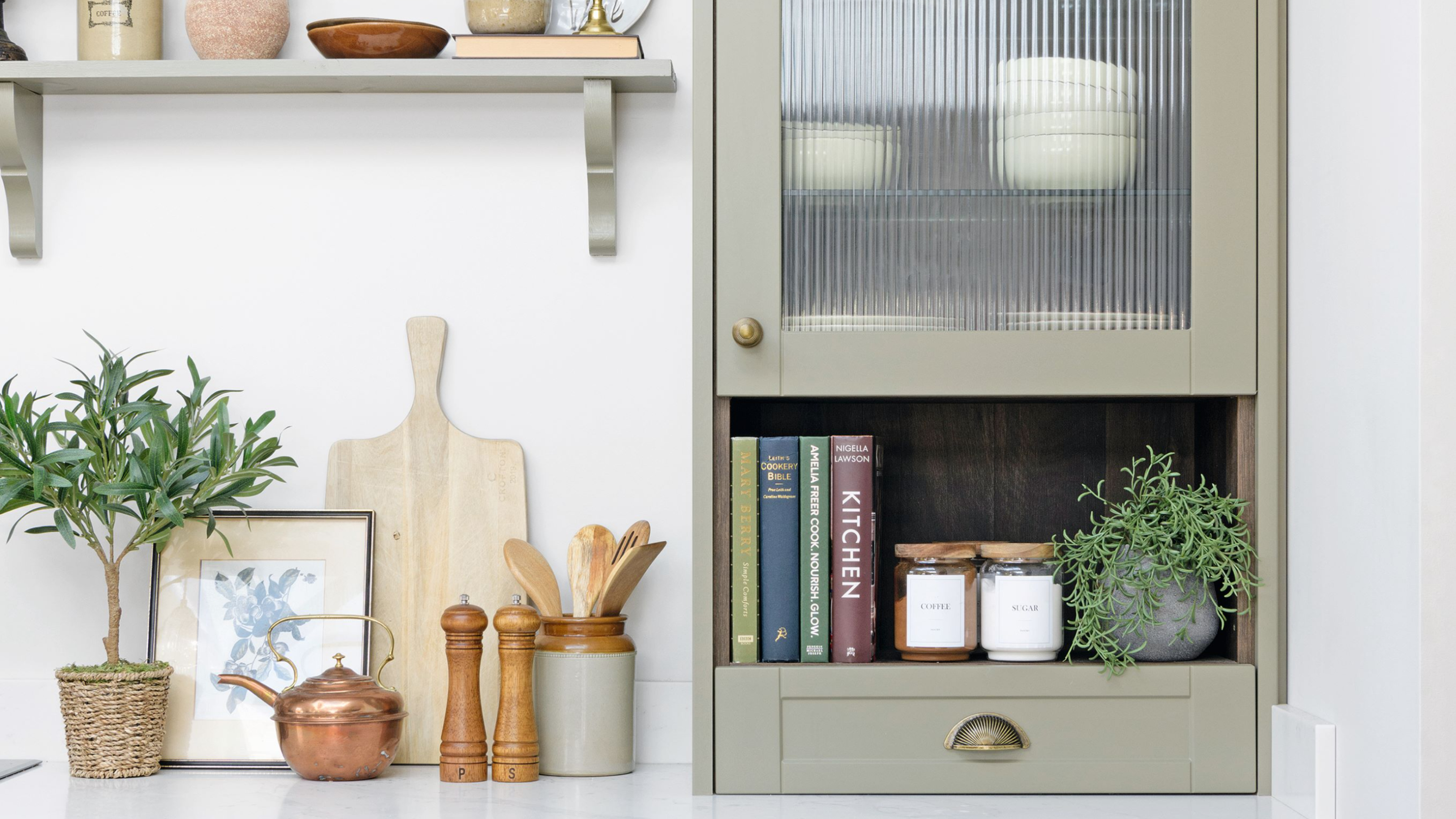
We spend our lives trying to contain chaos in our homes, but jumping from one task to the next inevitably means nothing gets done properly, or even at all. According to the pros, employing simple systems to keep your home organised is far more effective – you’ll save yourself time and energy in the long run, and enjoy an easier life day-to-day, too.
So what do we mean by systems, exactly? Essentially, a system is a series of home organisation tips you employ regularly and consistently to tackle a particular ‘frustration’ in the home.
‘The key to any organising system is that it must be practical, easy to maintain and tailored to the people using it. If something isn’t working in your home, it’s important to recognise this; acknowledging the need for change kickstarts new habits that can improve your home life for the better,' says professional home organiser Siân Pelleschi, APDO president and founder of Sorted!
Whether it be piles of dirty laundry, cluttered kitchen cabinets, overflowing storage, or generally just losing things, most of us can identify. The pros share the organising systems they swear by to tackle these and more, as well as family-friendly adaptations to ensure family members (young and old) abide by them, too.

Siân's love of organising took her on the path she hadn't anticipated when she set up Sorted! in 2016 after the birth of her first child and came across APDO - the Association of Professional Declutters and Organisers. Siân’s love of APDO and the organising community saw her step into the President role in September 2022.
Systems to keep your home organised
While these systems tend to improve organisation in most households, experts stress the fact that they’re not set in stone.
‘It’s important you organise a system to align with your habits, rather than forcing your habits to fit a system,' says home organiser and accredited KonMari® consultant Marine André, founder of En Route to Joy. ‘If you don’t you risk living according to ideal expectations rather than taking practical actions’.
It’s also worth remembering that the simplest systems tend to be the most efficient. Don’t overcomplicate things. If it’s not working for you, ditch it and try something else instead.
1. The ‘label everything’ system
Let’s start with an obvious, yet surprisingly under-used organising hack, labelling. Labelling your storage, or creating a colour-coded system, ensures everyone knows what belongs where, which makes finding things – and tidying them away afterwards – so much easier.
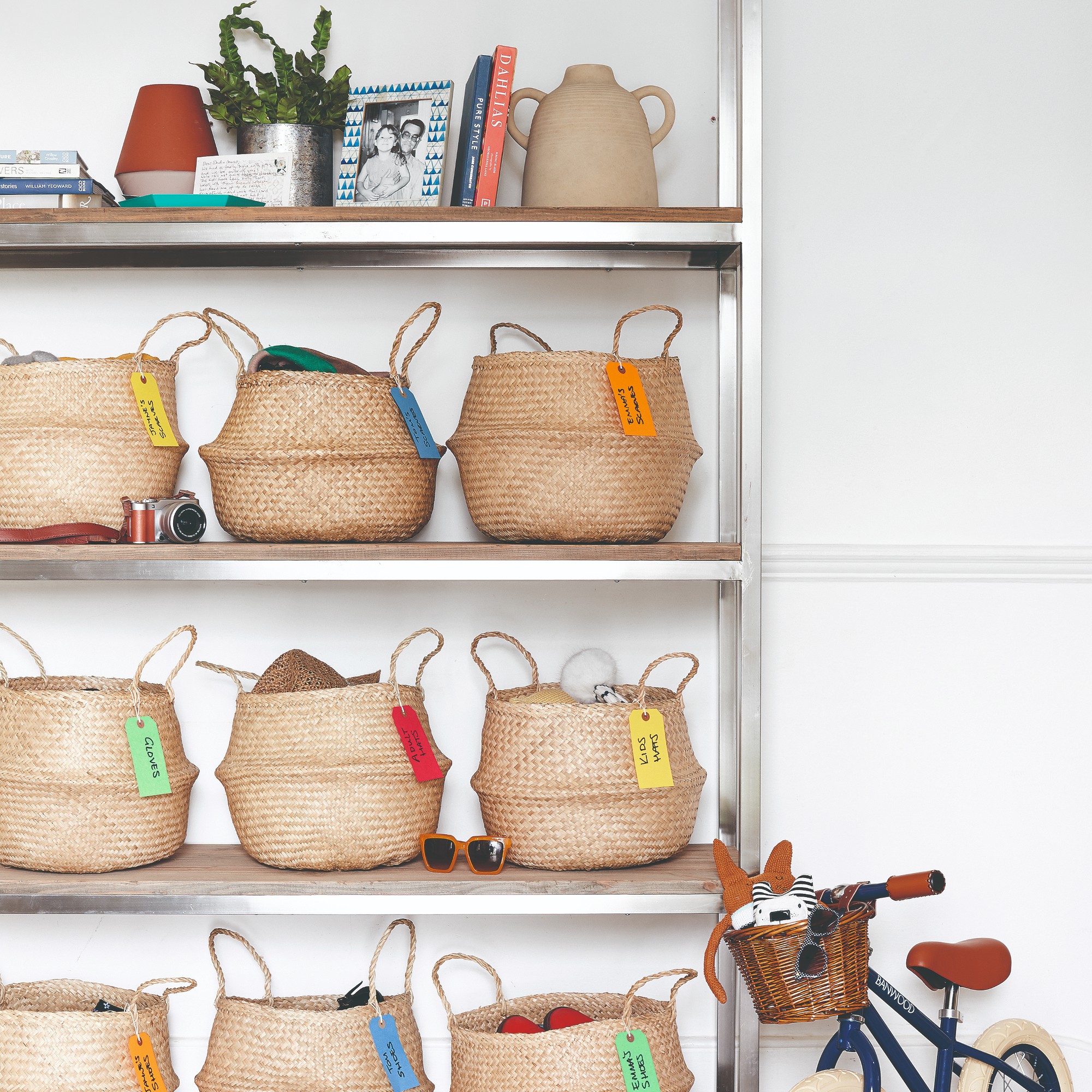
‘Effective organisation begins with categorising. Think about how you use your belongings and group similar items together. Assign designated locations (taking into account frequency of use) for each category, then use clear labels to identify the contents of storage containers, drawers and shelves,' says professional organiser and decluttering coach Rebecca Kirsch, founder of The Peak Edit.
Before you get busy with the label maker, remember to take younger family members into account, too. ‘Adding pictures work well for very young children, while a combination of words and pictures is great for school ages,' says home organiser Victoria Fearnley, founder of Surrey Decluttering.
‘Teaching young children early on where their school bag, toys and dirty washing go is a great first step in encouraging life-long organisational habits, and it takes some of the load off you, as well!’
2. The ‘hallway dropzone’ system
Of all the rooms in the house, hallways are a hotspot for clutter. Amidst the chaos of shoes and coats coming off, shopping bags unpacked, post and parcels on the mat, it can be hard to keep track of what belongs where, and to who.
Rather than try and sort it the minute you walk through the door, experts advise buying yourself some time by including a super simple ‘drop zone’ system as part of your hallway storage ideas.
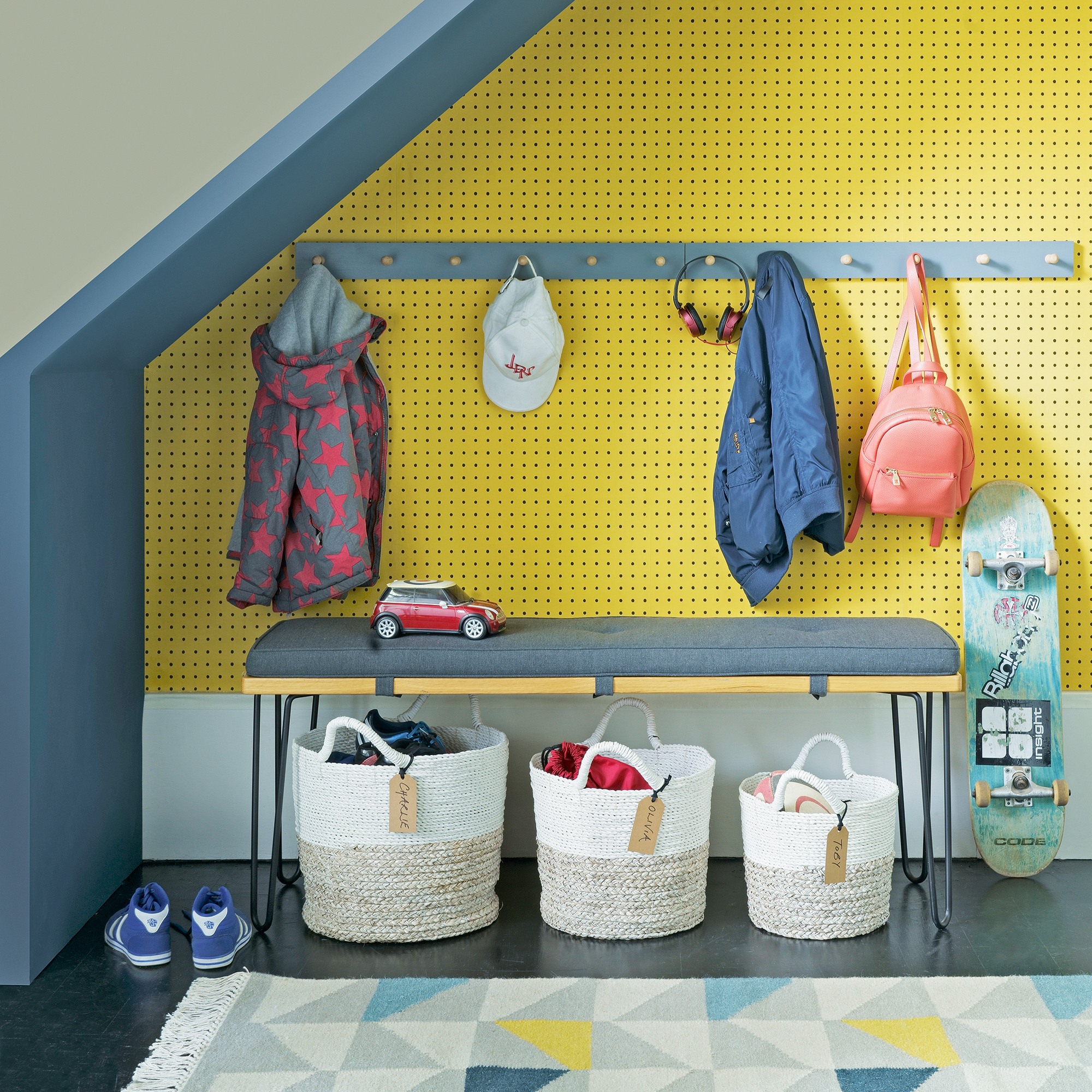
‘Depending on the space you have, a drop zone can be something as simple as a small table with a bowl for keys and a basket underneath for outgoing items, or a bespoke, built-in unit complete with hooks and storage. Either is fine – the key to success is ensuring it’s conveniently located, well labelled and suited to your household’s needs,' says Rebecca.
Professional organiser Sabbah Berrebha, founder of Voila! Professional Home Organising agrees, and adds; ‘in larger households, I recommend assigning a basket to each person. This eliminates the frantic search for essentials when leaving the house, and ensures a clear, accessible route in and out of the home.'
3. The ‘first-in-first-out’ system
From fresh food and pantry staples to toiletries, medicines and cleaning products, anything with a shelf life needs to be kept on top of in the home. If you’re regularly missing best-before dates, implementing the ‘First In First Out’ system (also known as FIFO) can be a massive help.
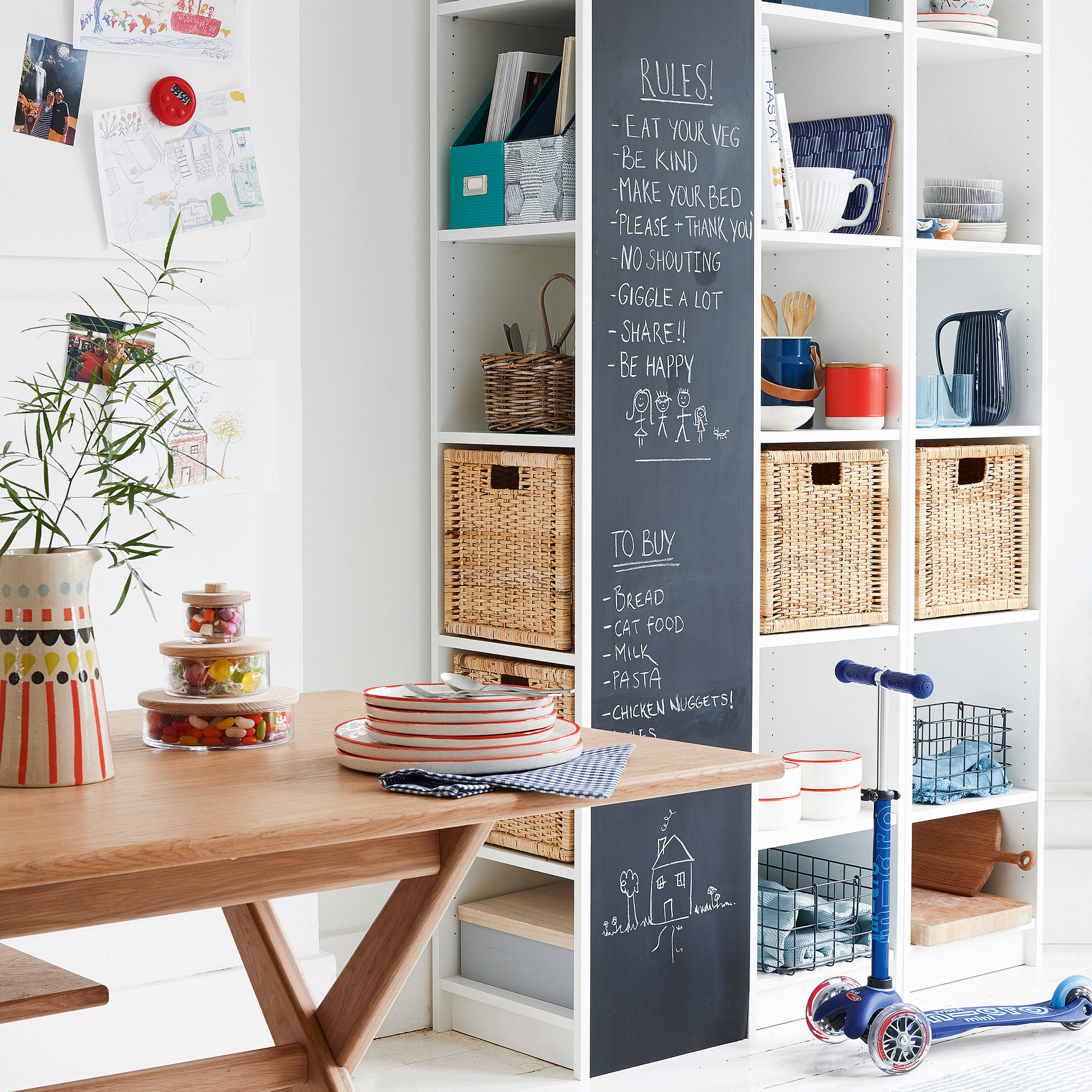
‘The concept is simple, place newer items at the back, older items at the front; it’s a visual reminder of what needs eating first and helps prevent a build-up of half-used products’, explains Rebecca.
A simple ‘eat me first’ shelf when organising a fridge or organising a pantry is often enough to reduce food waste, but if you’ve got a big household or you’re a fan of bulk buying, Rebecca recommends categorising and zoning items of all kinds to help you stay on track.
‘Consider convenience and frequency of use. When organising a kitchen for example, group baking items together, spices next to the stove, and so on. Once everything has a designated zone, implement effective pantry storage ideas such as clear containers, lazy Susans and tiered shelving to maximise accessibility and visibility.'
4. The ‘seasonal switch up’ system
Assigning prime storage space to only the items your household is using regularly will not only make life easier but keep your home tidier, in general – the less rummaging around you have to do to find what you want, the neater your stuff will stay.
‘Not everything needs to be accessible all year round. By rotating seasonal items, you free up space and keep your home feeling organised and fresh,' says professional organiser Amy Snape, founder of Sort with Snape.
The beauty of this system is that you only need to do it a couple of times a year to notice a big difference, so there’s really no excuse not to keep up with it. When you do it is up to you, but we find a good declutter before the kids go back to school tends to work well, ahead of summer and winter terms.
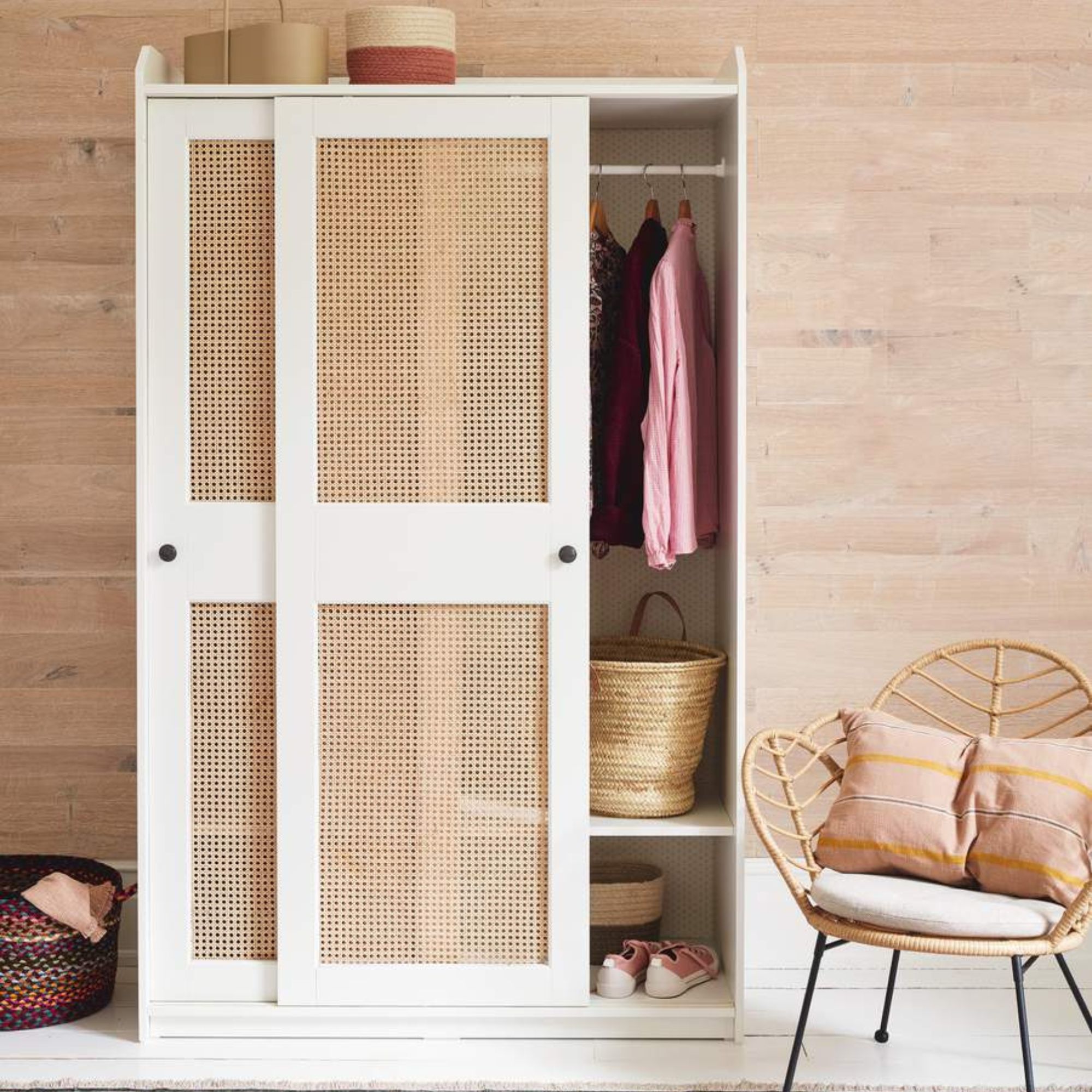
‘Pack away out-of-season clothing and bedding in vacuum-sealed bags or labelled storage boxes and stash them somewhere out of the way. Assess whether keeping certain items is really worthwhile – there’s no point wasting storage space on stuff you won’t use again,' says Amy.
Once you’ve decluttered, categorise what’s left and assign storage space accordingly, so everyone knows what goes where. This is particularly useful when organising a hallway cupboard, or when organising a child's bedroom. ‘I strongly recommend encouraging family members to stick to systems, especially children; giving them responsibility builds lifelong organisational habits,' concludes Amy.
5. The ‘declutter and donate’ system
It’s easy to bring things into the home, not so easy to get them out. This simple system makes light work of decluttering to ensure you’re not wasting storage space on items you no longer need, want or use.
‘Place a big basket somewhere out of sight but easily accessible, like on the floor of a wardrobe for example. Every time you notice something your kids have outgrown, or you finish a book you know you’ll never read again, throw them into the basket straightaway,' says home organiser Laura Price, founder of The Home Organisation.
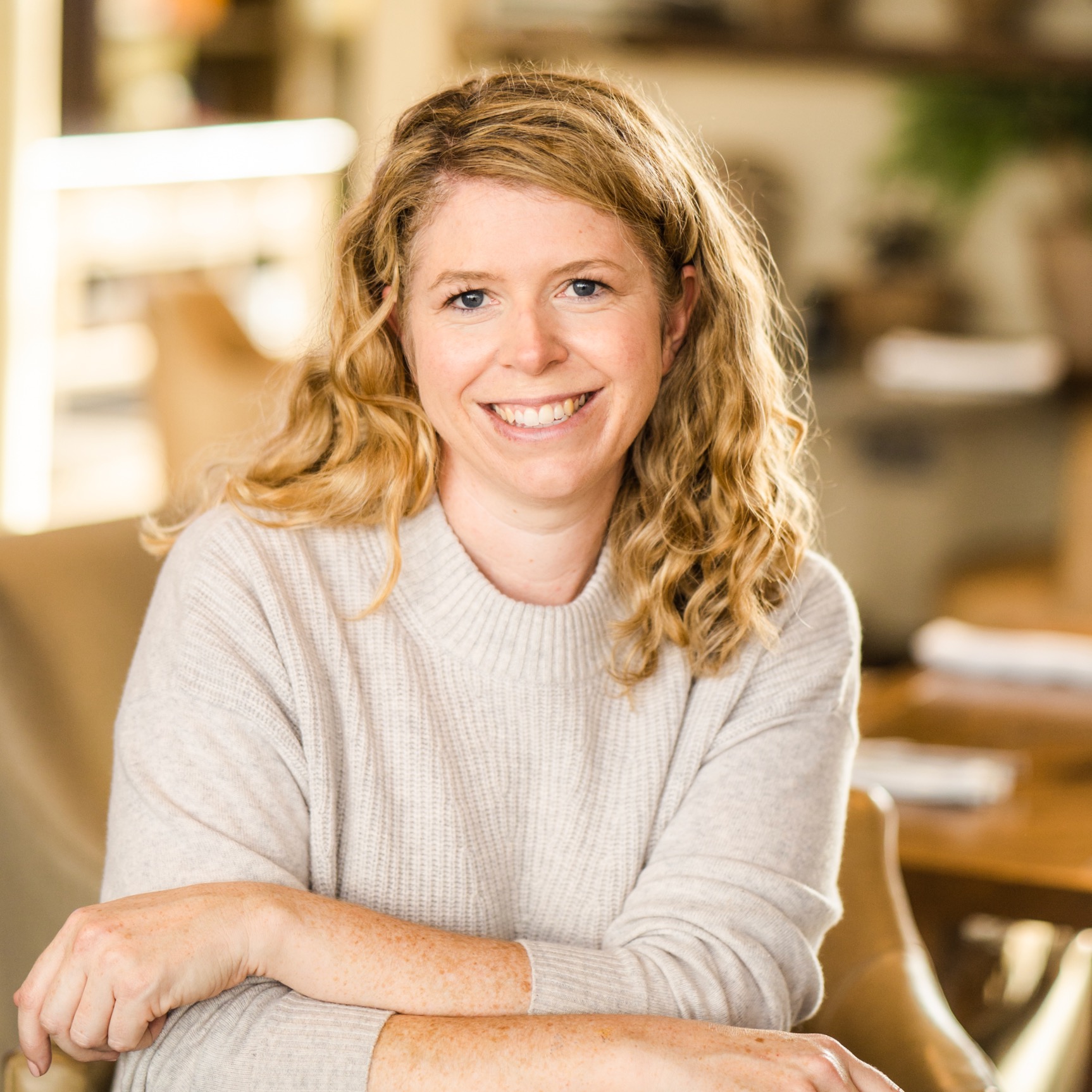
After a career in PR for national events and with three young children, Laura realised that creating organised spaces brought her moments of calm in a busy life so she founded The Home Organisation. Now, she manages a team of professional organisers assisting clients across London and the South East.
‘When the basket is full, take a few minutes to sort what’s in there and head down to the charity shop or recycling centre. It’s so much easier to declutter as you go, rather than waiting until things get out of control before you blitz it’.
Another decluttering method to add to this system is the ‘one in, one out’ rule; for every new item you bring into the home, something has to go out. Simple, easy-to-follow and not too brutal, it’s a great way of encouraging healthy decluttering habits in your kids, too.
6. The ‘daily reset’ system
‘A quick five-to-ten-minute tidy up at the end of each day helps reset the space for the next morning. Whether it’s clearing surfaces, putting things back in their place or prepping for the next day, this small habit prevents clutter from building up,' says professional organiser and home life admin consultant Ellie Fife, founder of Holistic Life Organising.
While a daily whip-around is fine in general, it’s also worth putting time into your schedule for less frequent – but still essential – tasks. ‘To help remind me, I rely on digital tools,' says Ellie.
‘I set recurring events in my phone’s calendar to ensure nothing falls through the cracks – deep cleans, washing towels, changing sheets… it’s all in there. Tasks become second nature, so you’re not constantly making decisions about what needs to be done’.

8. The laundry system
No one loves doing laundry, let’s face it, but knowing how to wash clothes properly and establishing set days for laundry should result in fewer loads, meaning less piles to wade through (and a more eco-friendly foot-print, as an added bonus).
'Establishing two days a week for washing clothes and another just for bedding and towels can help to keep things manageable. You’re also more likely to complete the cycle of washing, drying, and putting clothes away,' says professional declutterer Emma George.
Choosing a sensible sorting technique will also save you time. Some households have a central laundry basket with separate sections for whites, colours and darks. Others designate each family member their own laundry basket, and a day of the week to do their own laundry.
FAQs
How would you set up a system to stay organised?
‘I focus on systems that are practical, easy to implement and sustainable. Examples from my own home include hallway ‘drop zones’, labelling, daily reset routines and using subscription services to stay on top of household essentials’, says Ellie.
‘For me personally, the best way of staying organised in the long term is to set up a recurring system. Whether through automations, calendar notifications or habit stacking, tasks quickly become second nature,’ she adds.
How can you encourage your family to adopt a system?
It’s one thing implementing a system, another thing getting the whole family to stick to it. It’s normal to face resistance, particularly from children, but there are a few things you can do to boost motivation.
‘The easier a system is to follow, the more likely people will be to use it. Clear storage, colour-coded labels and designated spots for things all help,' says Siân.
‘Remember to lead by example, too! If you consistently use the system, others will follow. Changing the language you use can make a big difference. Frame organising as part of daily routines, rather than extra work; ‘shoes go on the rack when you take them off’, as opposed to ‘put your shoes away!’, for example.’
Which system will you be trying out in your home?
Sign up to our newsletter for style and decor inspiration, house makeovers, project advice and more.
You must confirm your public display name before commenting
Please logout and then login again, you will then be prompted to enter your display name.
